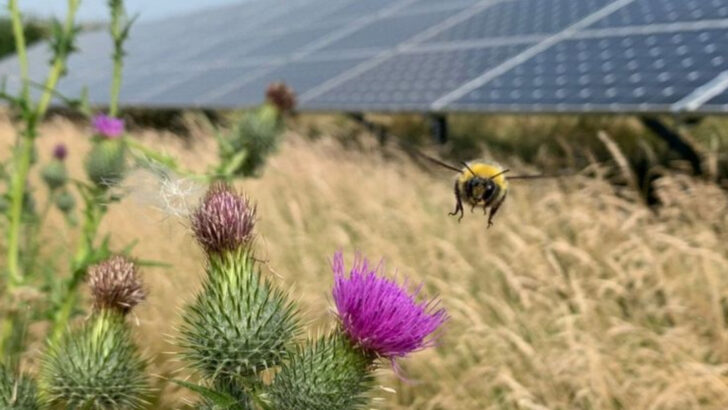Solar farms were supposed to be sterile fields of metal and silence.
Instead, they’ve turned into unexpected wildlife hotspots.
While experts braced for habitat loss and disruption, nature had other plans.
Rabbits, foxes, butterflies—even threatened birds—have found safe haven among the panels.
It’s not chaos. It’s adaptation with flair.
These animals aren’t just surviving.
They’re thriving in the shadows of clean energy.
The tall grass returns, predators move in, and entire food chains rebuild themselves—right between solar rows.
It’s a surprising plot twist in the green energy story.
Not a barren wasteland, but a blooming, buzzing ecosystem.
All under the watchful eye of the sun.
Let’s meet the 15 species turning solar farms into something wilder than anyone expected.
European Hare
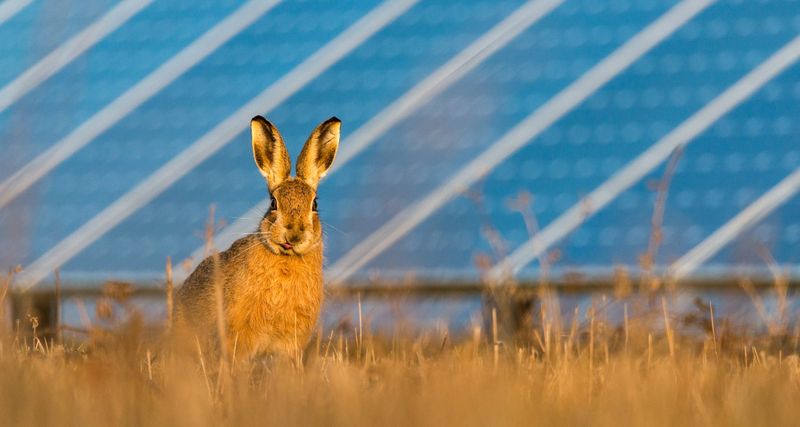
With agility and grace, the European Hare leaps across solar farms. These locations offer an abundance of grass and safe spaces away from predators, creating a perfect habitat. Unlike urban areas, solar farms are less disturbed, allowing hares to thrive.
The presence of wildflowers and grasses around solar panels provides food and shelter. This environment encourages breeding and population growth. Interestingly, hares have adapted to the rhythm of solar farms, becoming more active during low human activity periods.
The European Hare’s adaptability showcases nature’s resilience, proving that unexpected habitats can indeed support thriving wildlife.
Barn Owl
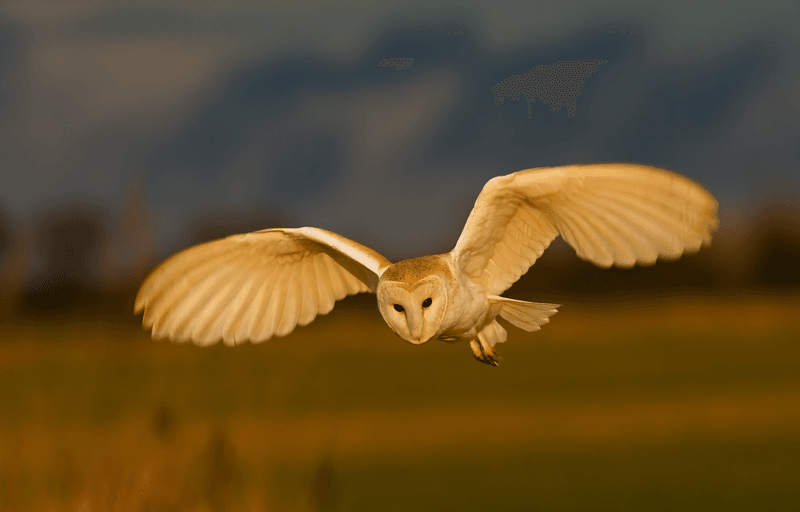
Swooping silently over solar farms, the Barn Owl finds an ideal hunting ground. These areas offer ample space for its hunting prowess, with prey like mice thriving in the grasses below the panels.
The reduced human activity and lighting make these farms an undisturbed haven for this nocturnal bird. Nesting in nearby structures, Barn Owls benefit from the energy farms’ quiet nature.
Their presence highlights the balance achieved between renewable energy solutions and wildlife habitats. Barn Owls, with their heart-shaped faces, are emblematic of adaptability and survival in modern landscapes.
Monarch Butterfly
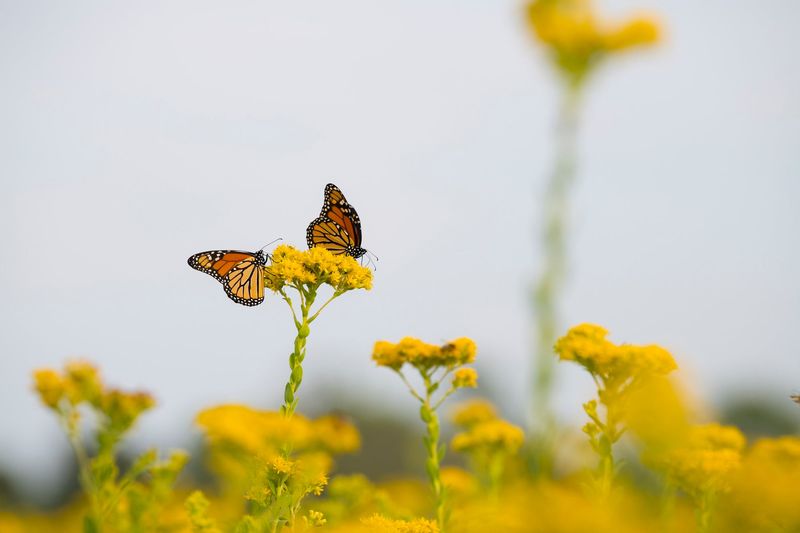
Fluttering gently among the blooms, the Monarch Butterfly finds a sanctuary near solar farms. The proliferation of native plants and wildflowers encourages these butterflies to visit and breed.
Solar farms, often surrounded by fields rich in milkweed, provide essential breeding grounds during migration. This unexpected boon for the Monarch population highlights the synergy between clean energy and biodiversity.
These vibrant creatures symbolize transformation and renewal, thriving in spaces designed for the future. Monarchs challenge the notion that industrial zones are devoid of life, instead showcasing vibrant ecosystems.
Red Fox

With keen curiosity, the Red Fox roams the borders of solar farms. These areas, often rich with small mammals and insects, provide plentiful hunting opportunities.
Solar farms create a buffer zone from urban development, allowing foxes to explore and hunt without interference. The panels offer shelter and a vantage point for these cunning creatures.
As adaptable omnivores, Red Foxes make the most of these environments, blending into the landscape. Their presence is a testament to the ways in which nature recalibrates in response to human innovation.
Common Pipistrelle Bat
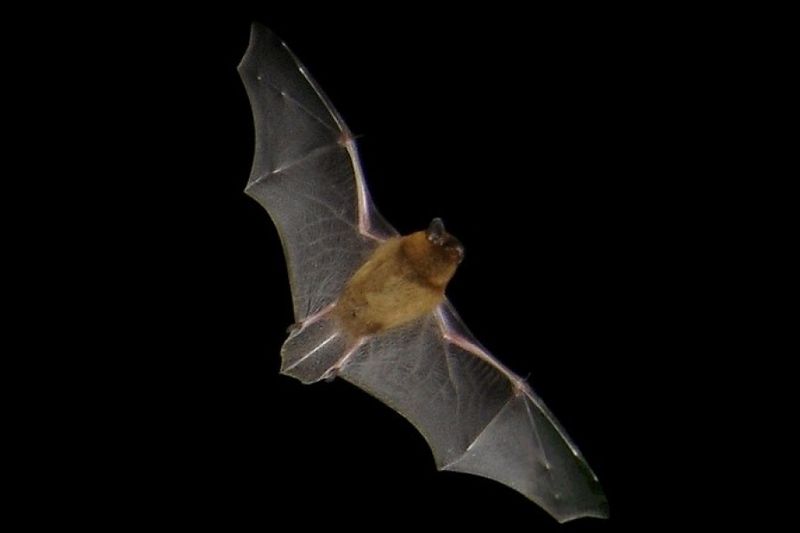
Darting through the twilight sky, the Common Pipistrelle Bat finds a foraging haven at solar farms. The abundance of insects attracted to the warmth of solar panels provides a feast for these nocturnal predators.
Solar farms offer undisturbed spaces with minimal light pollution, perfect for bats. These conditions encourage healthy bat populations, contributing to pest control and ecological balance.
Their presence highlights the unexpected ecological benefits of solar farms, where renewable energy meets thriving biodiversity. Common Pipistrelles are agile and efficient, embodying the coexistence of technology and nature.
Honey Bee
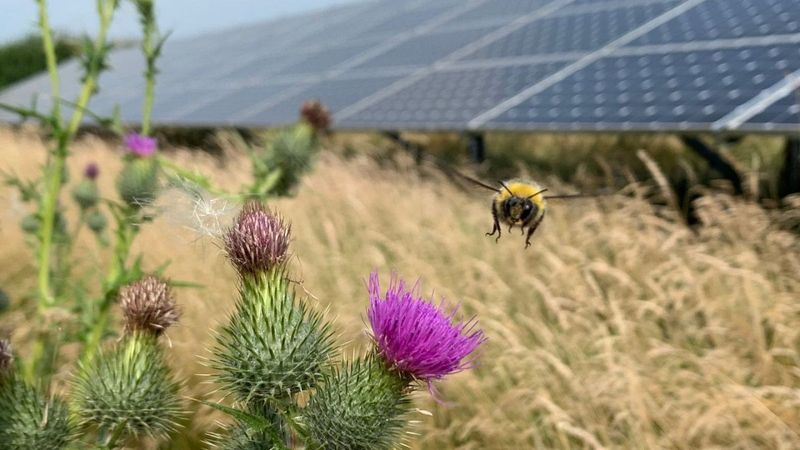
Buzzing industriously among blossoms, the Honey Bee thrives in the floral abundance around solar farms. The cultivation of wildflowers and native plants supports their crucial role in pollination.
Solar farms often include buffer zones with diverse flora, enhancing local biodiversity and providing bees with essential resources. This setup fosters a rich environment for bee populations to flourish.
The Honey Bee’s presence underscores the importance of integrating ecological considerations in renewable energy developments. Their vital work in pollination supports both the ecosystem and agriculture, making them indispensable allies.
Eastern Bluebird

With a cheerful song, the Eastern Bluebird finds a welcoming home near solar farms. These areas offer open spaces and plentiful nesting sites in surrounding trees and shrubs.
The reduction of pesticides in solar farm zones allows insects to thrive, providing a rich food source for these birds. This, coupled with minimal human disturbance, creates an ideal environment.
Their vibrant plumage and melodious calls bring life and color to solar landscapes. Eastern Bluebirds demonstrate how renewable energy sites can support avian diversity and songbird populations.
Grey Partridge
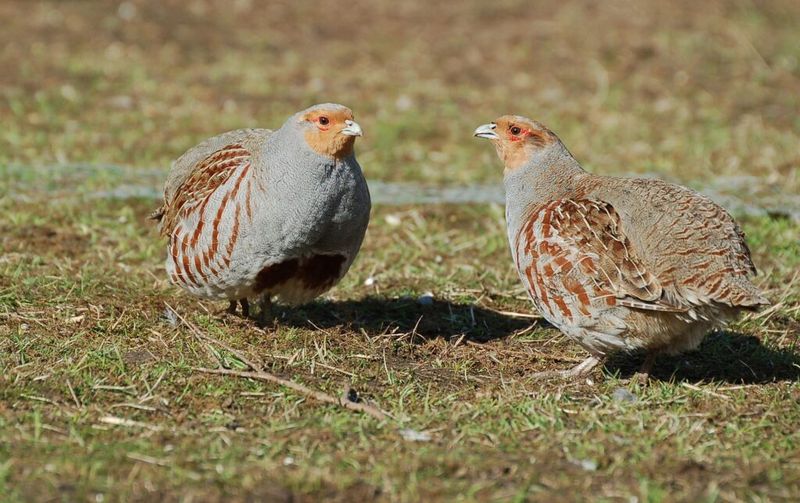
Foraging calmly under the panels, Grey Partridges find a refuge in solar farms. These environments offer protection from predators and a steady supply of seeds and insects.
The landscape of solar farms, with its mix of open ground and vegetation, suits the partridge’s needs perfectly. This bird benefits from reduced farming activities and pesticide use.
Grey Partridges highlight the potential for solar farms to support ground-nesting birds. Their presence reflects the positive impact of sustainable practices on wildlife conservation and ecosystem health.
Western Meadowlark
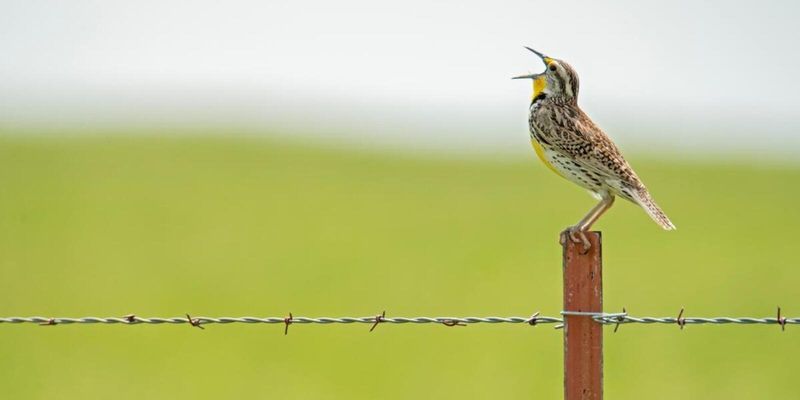
With its distinctive song, the Western Meadowlark thrives in the open expanses of solar farms. These areas provide ample space for nesting and abundant food sources in the form of insects.
The habitat created by solar farms mirrors the meadowlark’s natural environment, supporting their population growth. The reduction of chemical use enhances the availability of prey.
Their melodic presence enriches the acoustic landscape of solar farms, showing that energy production and wildlife can coexist harmoniously. Western Meadowlarks are a testament to the adaptability of species to new environments.
Roe Deer
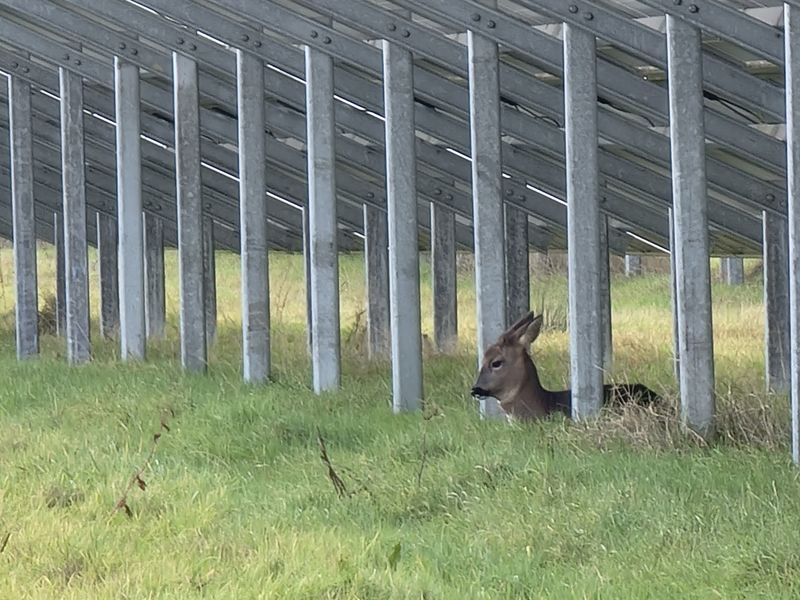
Grazing gracefully, Roe Deer find serenity at the edges of solar farms. The mixture of grassland and woodland offers a safe habitat away from urban distractions.
These areas provide ample grazing and cover, allowing deer to thrive without the threat of hunters or vehicles. The quiet surroundings promote peace and natural behavior.
The Roe Deer’s presence illustrates the potential for large mammals to adapt to and benefit from human developments. Their coexistence with solar farms highlights the balance between progress and nature’s needs.
American Kestrel
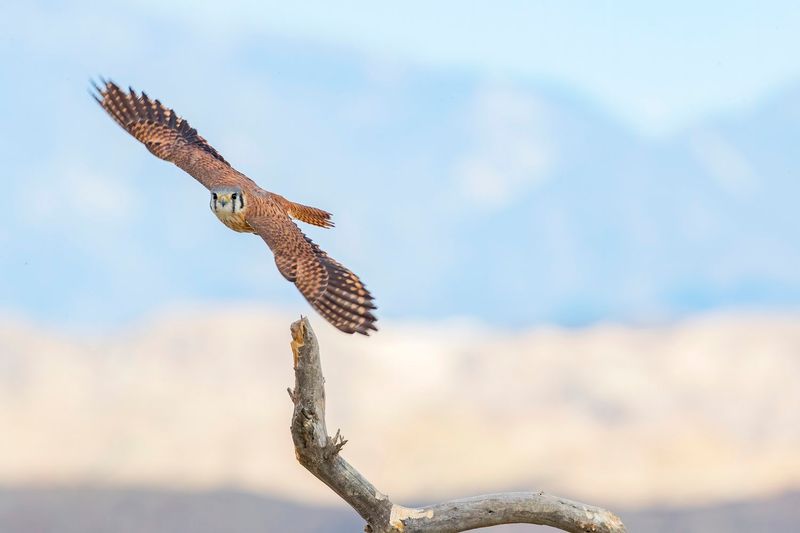
Hovering with precision, the American Kestrel uses solar farms as hunting grounds. These areas support a rich population of rodents and insects, providing food for this small falcon.
The open layout of solar farms mimics natural grasslands, offering kestrels the visibility and space they need. Their presence aids in the natural control of pest species.
American Kestrels are a vivid example of how renewable energy sites can support predatory birds. Their adaptation to these environments underscores the synergy between energy production and wildlife conservation.
Ring-necked Pheasant
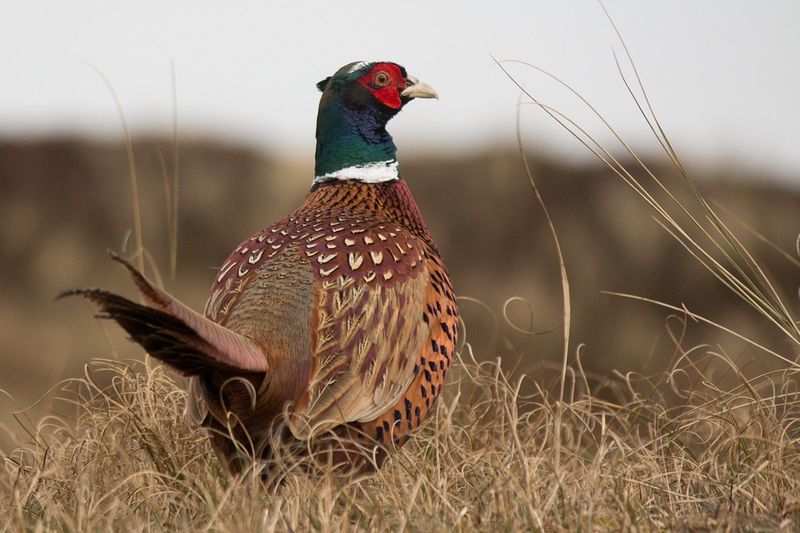
Strutting confidently, the Ring-necked Pheasant finds a home among solar panels. These areas offer shelter and abundant food, such as seeds and insects.
The diverse plant life encouraged around solar farms supports pheasants in breeding and feeding. The lack of intensive farming provides a safe haven for these birds.
Their vibrant plumage adds color to the landscape, symbolizing the rich biodiversity that can flourish alongside renewable energy projects. Ring-necked Pheasants prove that sustainable energy and wildlife can thrive together.
Song Sparrow
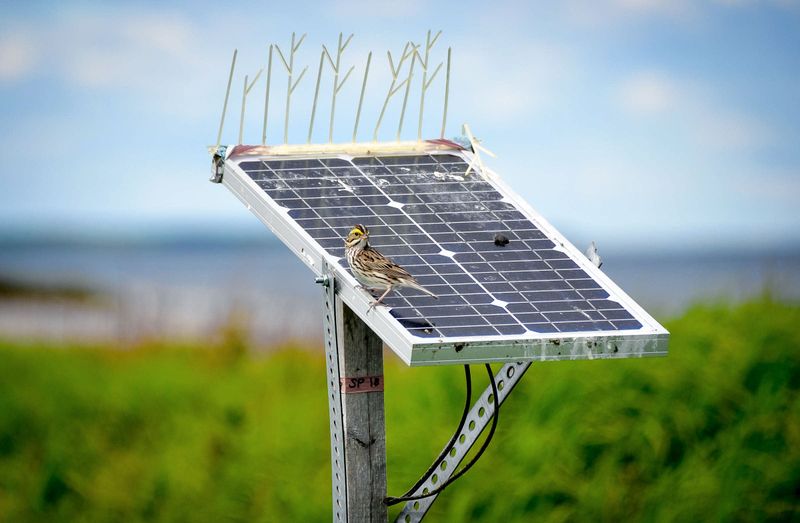
With a melodious song, the Song Sparrow finds an unexpected refuge near solar farms. These areas provide dense vegetation for nesting and abundant insects for feeding.
The diverse flora around solar panels creates a supportive environment for sparrows, promoting their population growth. These birds exemplify the harmony between wildlife and human innovation.
Song Sparrows bring a rich, musical presence to solar farms, enhancing the natural soundscape. Their success in these habitats highlights the potential for cohabitation between energy infrastructures and avian species.
Field Mouse
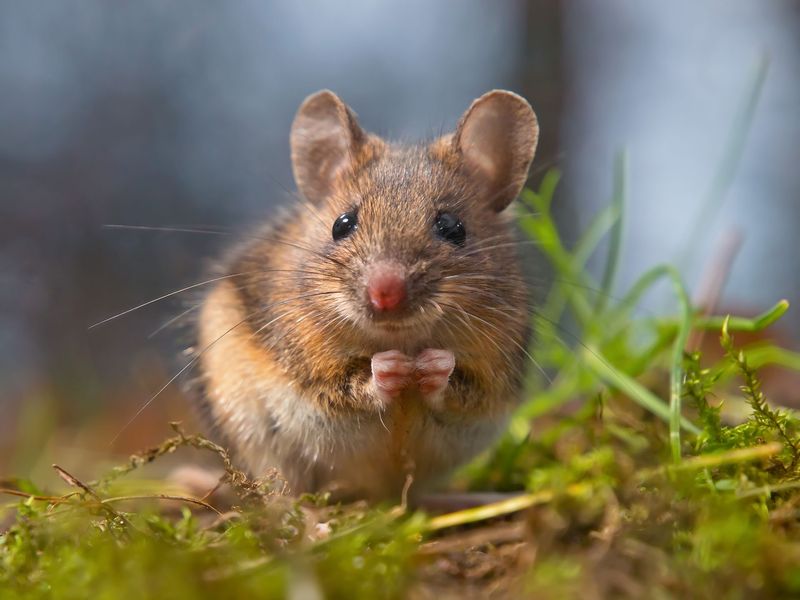
Scurrying through the grass, the Field Mouse finds a haven in the sheltered environment of solar farms. These areas provide ample food sources and protection from predators.
The structure of solar farms, with its combination of open spaces and covered areas, creates an ideal habitat for these small mammals. Their presence supports a rich food chain, benefiting predators like owls and kestrels.
Field Mice illustrate the thriving ecosystems that can develop around renewable energy initiatives. Their adaptability and survival underscore the positive impact of sustainable practices on biodiversity.
American Badger
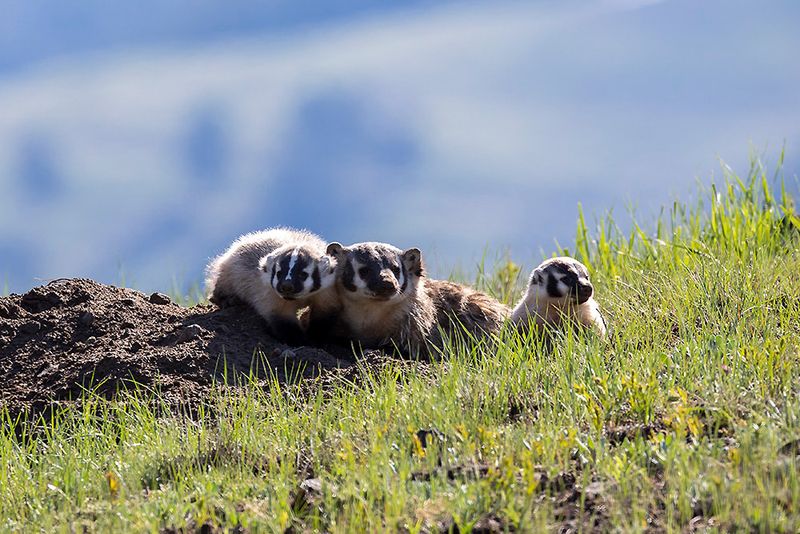
The American Badger, renowned for its burrowing prowess, has found an unexpected ally in solar farms. These industrious creatures utilize the open, undisturbed land to dig extensive burrows, perfect for hunting and breeding.
Solar farms offer a protected habitat, free from major predators, making them ideal for the badger’s nocturnal adventures. The panels provide shade and shelter, supporting a thriving ecosystem where insects and small mammals abound.
Did you know? The American Badger’s presence indicates a healthy environment, as it helps control rodent populations while fostering greater biodiversity around its habitat.

